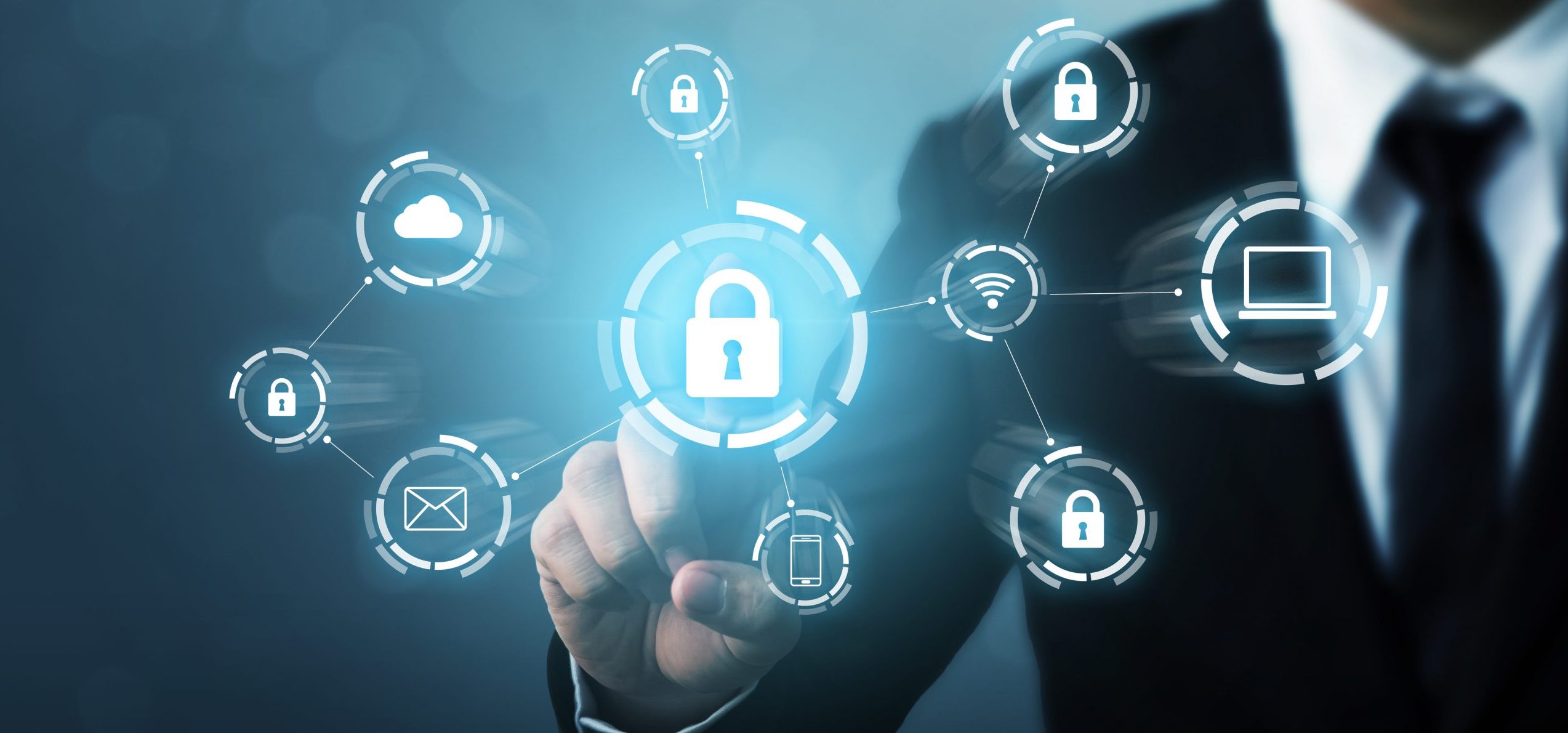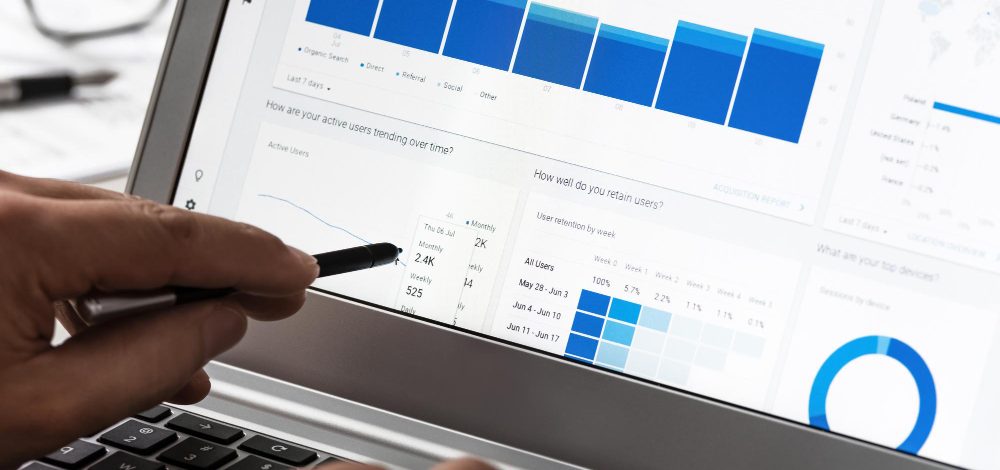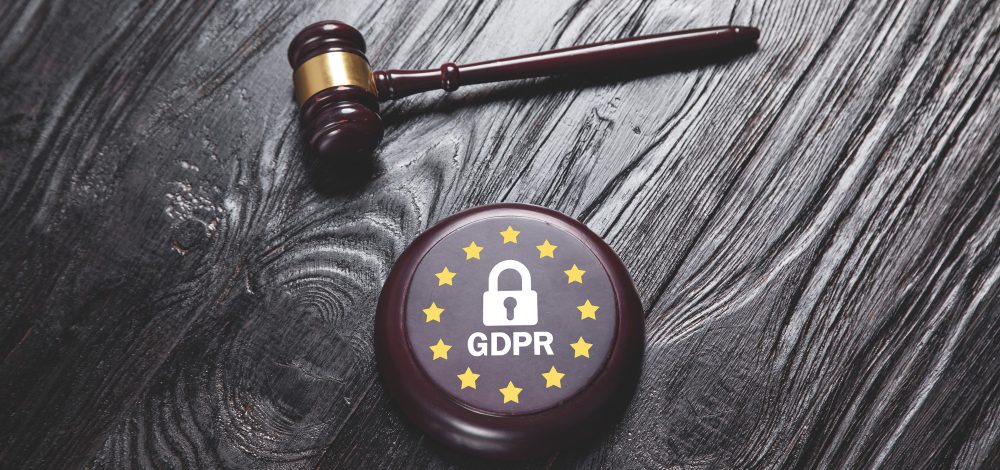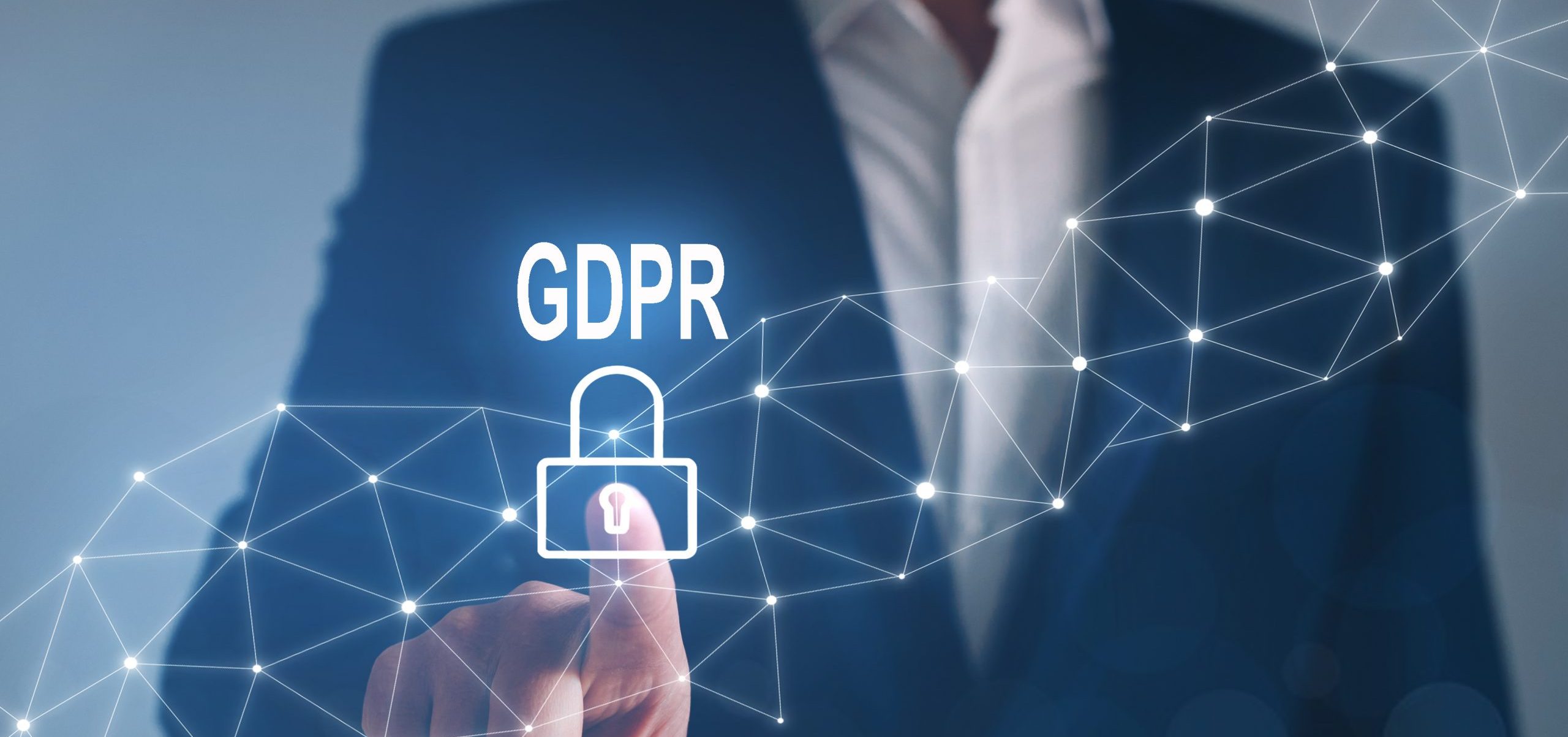Blockchain is now a recurring word in conversations about technology and innovation.
Almost everyone who works in the IT field knows that Blockchain is a set of technologies, where the register is structured as a chain of blocks containing transactions and the consent is distributed on all the nodes of the network. All nodes can participate in the validation process of transactions included in the register.
Many people associate this word with the cryptocurrencies – the various Bitcoin, Libra, Ethereum and others -, but this technology is not only useful for accumulating digital currencies, it also has some interesting practical applications.
The Blockchain is associated with smart contracts: objects defined as “contractual type arrangement”, built by incorporating contractual clauses in software or computer protocols. They have the characteristic of running automatically on the basis of certain conditions predetermined by the parts.
This is also an interesting activity, although complex, as it cannot easily replace traditional contracts, which can be very different according to the different clauses included.
The aspect that can be interesting and more easily implemented of the blockchain is the closure in “box” of certain types of information, to ensure its immutability and authenticity.
This is the case of the innovative Blockchain Table technology, recently developed by Oracle: tables that apply some of the technologies and algorithms to allow the safe passage of information between multiple subjects, or retain the content without having to delete it, ensuring compliance with retention rules and data security rules.
This technology is the basis of some products, called Reports Logs, developed by Micra Legaltech, used in banking sector to to check and verify access to certain groups of information.
The Registers combine the needs of legal departments and Dpos to do:
- Strategic activity: the registers can contain information on hundreds of positions and access to each of them, can catalog any anomalies or defects, essential elements to define a strategy to contain the risks arising from any data breach.
- Operational activity: the logs allow for encryption or deletion activities resulting from a request for activation of the right to be forgotten, advanced by an authorized person. In practice, through the blockchain table, sensitive information can be searched, anonymized and inserted in a box, to be stored and made available only to subjects with the appropriate opening key, and also for periods of time or preestablished operations.
The application of this technology could prevent that our data, if stolen in a data breach, are easily usable. It could even be expected that, in the case of attacks involving nodes, automatic communication will be sent to the competent Authorities. A clear example of how blockchain can be used concretely in business processes.
For more informations about Blockchain Table visit oracle.com.








Scrivi un commento
Devi accedere, per commentare.